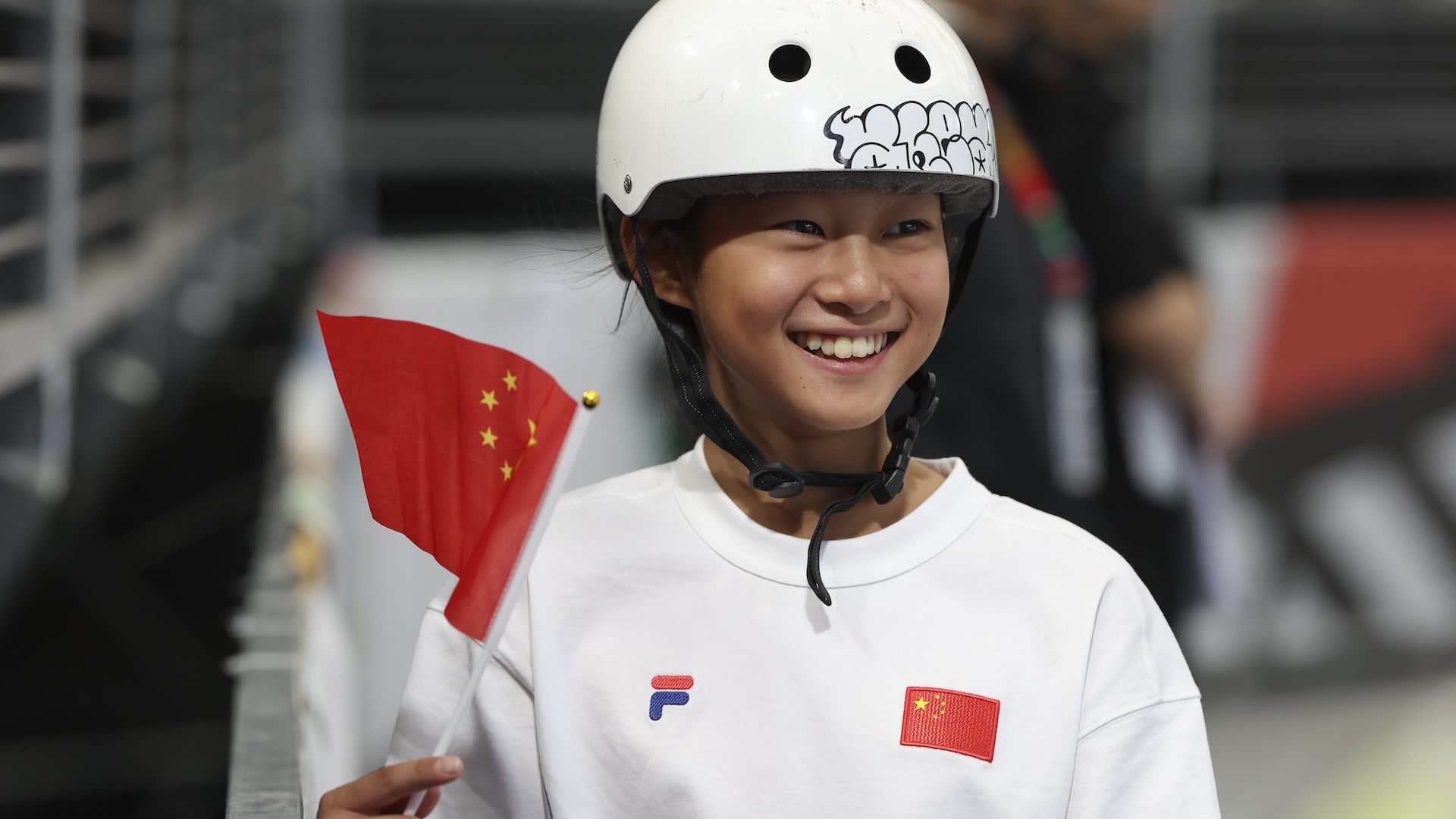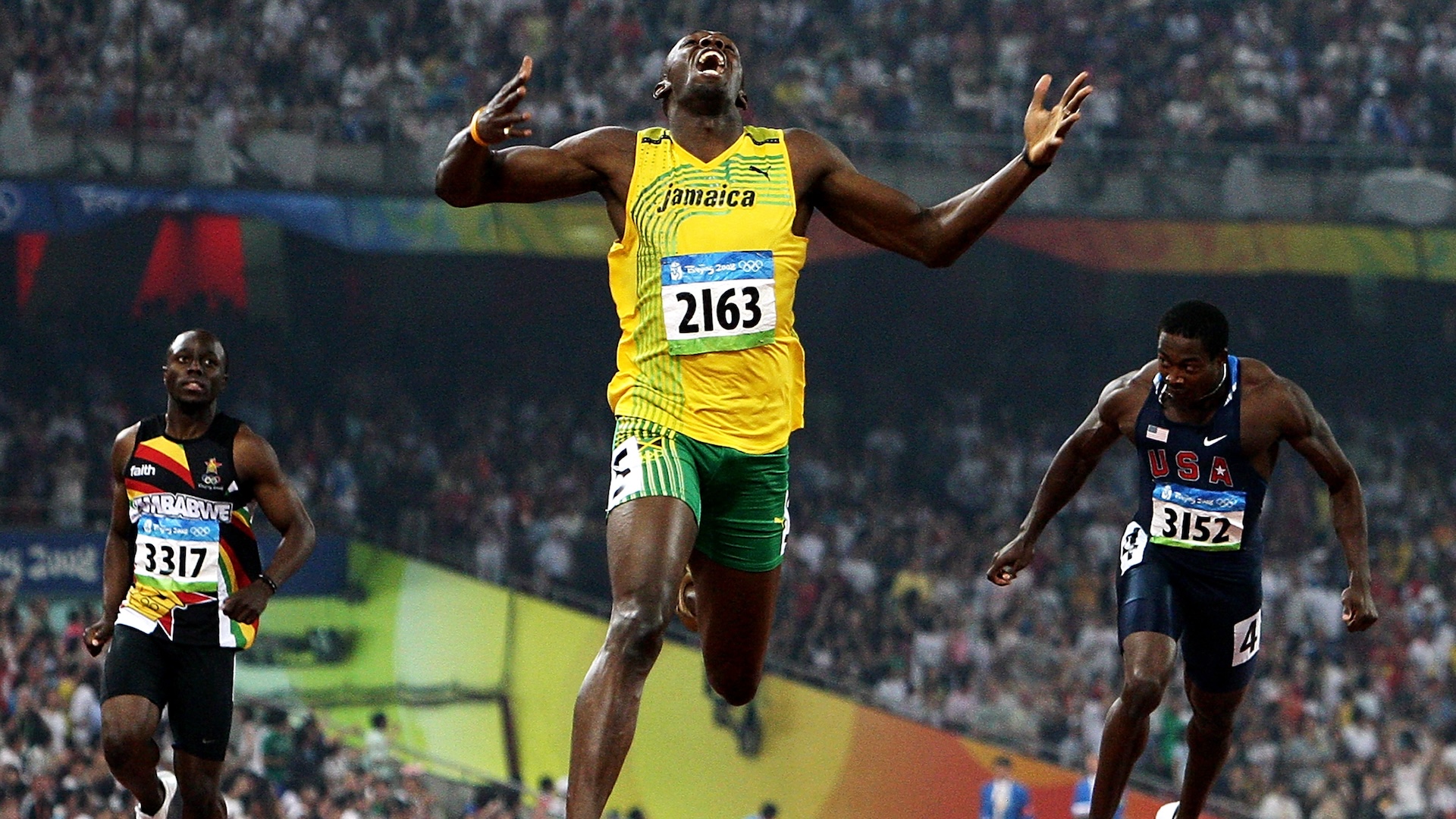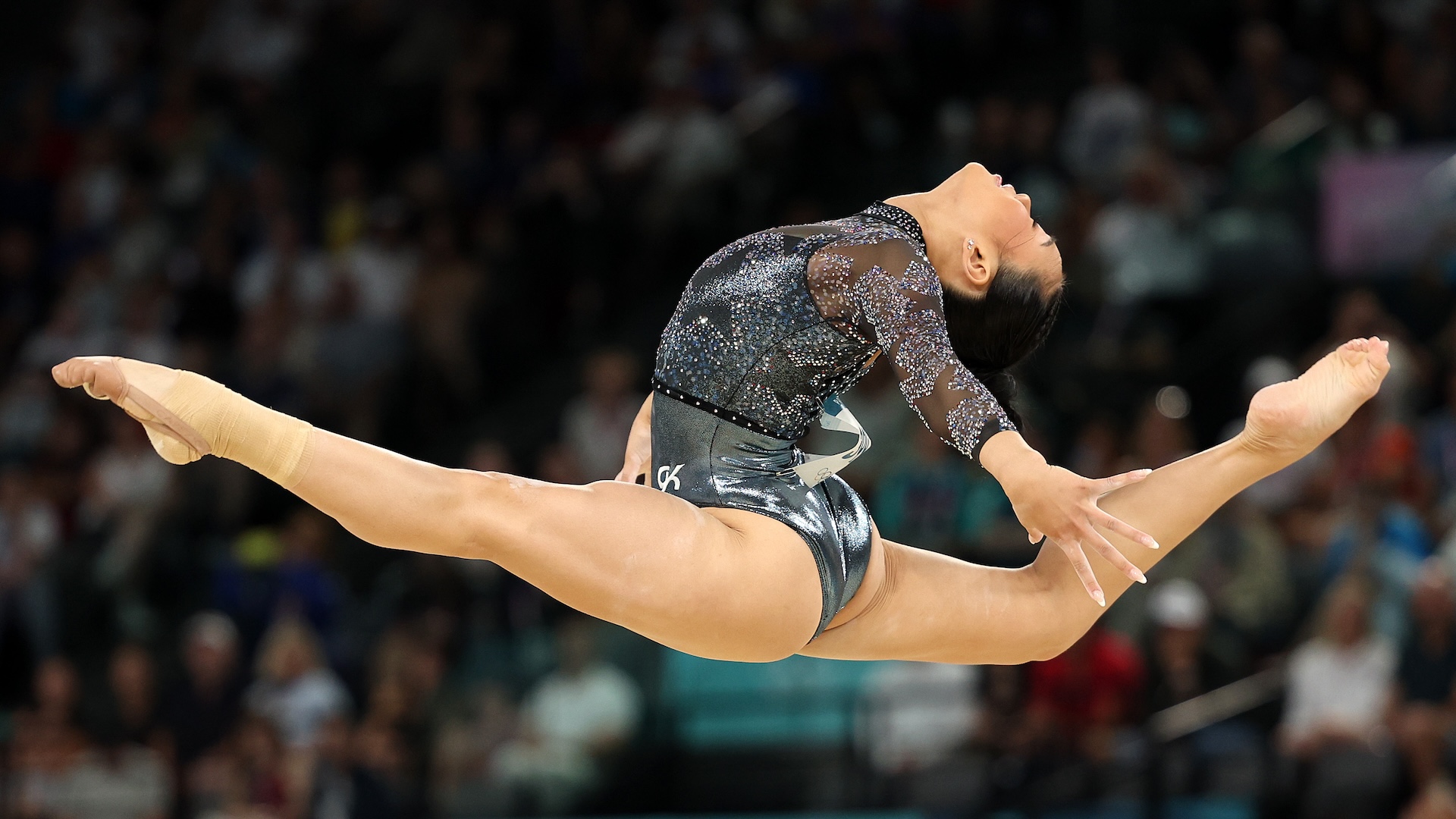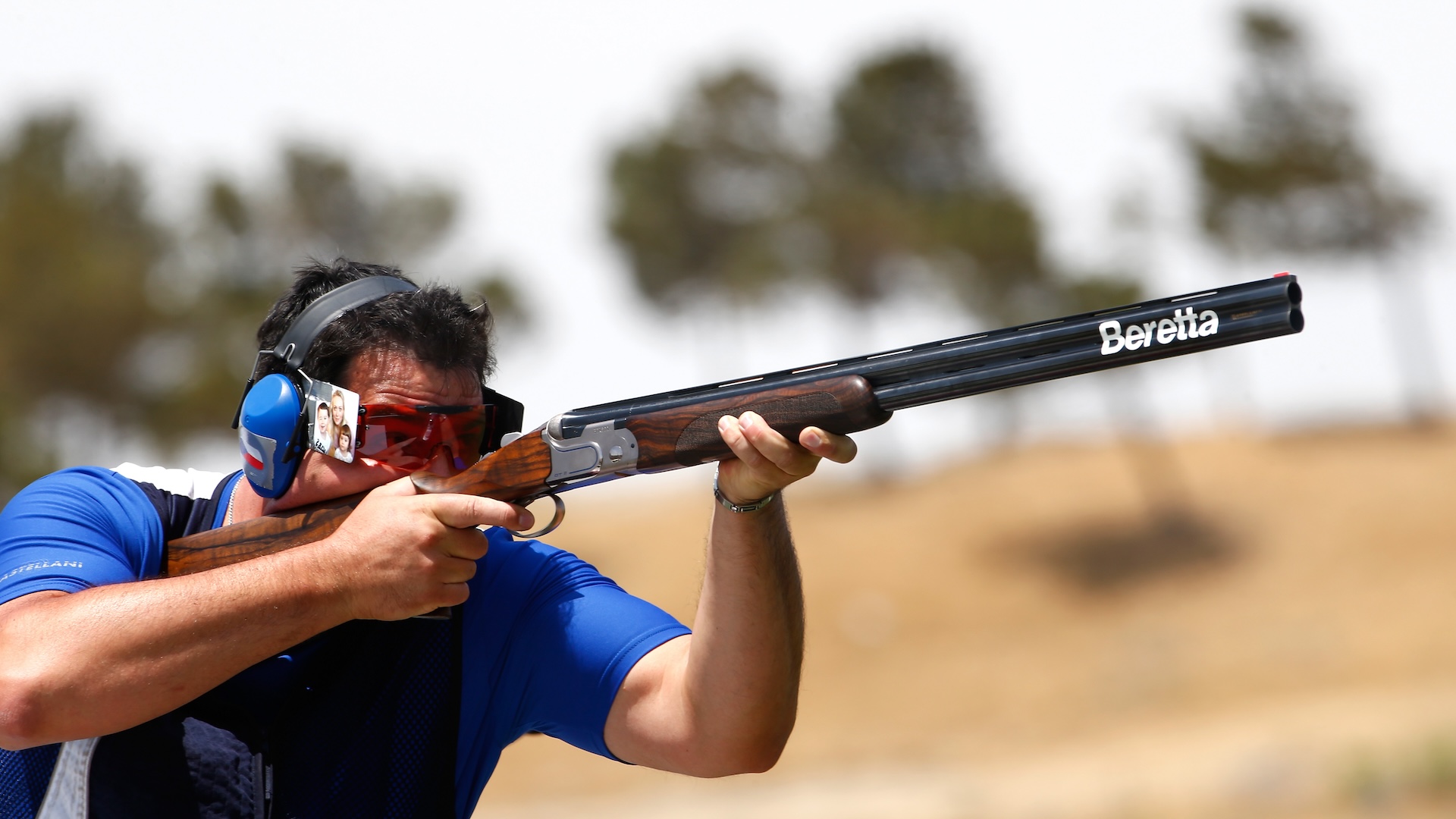
At the 2024 Paris Olympics, the youngest competitor is 11-year-old Chinese skateboarder Zheng Haohao. She's just one year older than the youngest Olympian in history: 10-year-old Greek gymnast Dimitrios Loundras, who won a bronze at the 1896 Summer Olympics in Athens.
The oldest athlete at the Paris Games is Australian Mary Hanna, 69, who competes in equestrian. She's three years shy of the oldest-ever Olympic athlete, Oscar Swahn of Sweden, who clinched that record at the 1920 Antwerp Games.
These athletes are outliers. According to a 2021 study by the Arc Centre of Excellence in Population Ageing Research (CEPAR), two-thirds of athletes at the Tokyo Olympics, held in 2021, were in their 20s. Overall, 90% of the competitors were under 30.
This tendency for the Olympics to be dominated by young adults raises a question: At what age does an athlete's performance generally peak? Given that athletic demands vary among sports, there are likely a range of answers to this question. Live Science spoke with experts to find out more.
Related: Which Olympic sport burns the most calories?
Endurance
At the Tokyo Olympics, 28-year-old Richard Carapaz of Ecuador won the men's Olympic cycling road race, and 27-year-old Peres Jepchirchir of Kenya won the women's marathon.
"From an endurance point of view, you often peak in your mid-to-late 20s and into your 30s," said sports physiologist Garry Palmer, who runs Sportstest, a sports performance center in Cannock, England. "One of the key reasons behind this is an athlete's aerobic capacity, which is the maximum amount of oxygen that an individual can use each minute during strenuous exercise."
This capacity, also known as VO2 max, is measured as the maximum amount of milliliters of oxygen the body can use per minute per kilogram of bodyweight (mL/min/kg). Top endurance athletes reach well into the 80s and even the 90s, compared with an average nonathlete's 30 mL/min/kg.
Multiple factors drive aerobic capacity down with age. One 2016 study, published in the journal PLOS One, chalks it up to a decrease in maximal heart rate and the amount of blood pumped out per beat. This is accompanied by a decline in the efficiency of valves and muscles that push blood back to the heart, as well as stiffening of the heart's muscle fibers and the walls of arteries.
Related: What's the most dangerous sport in the world?

Speed
In 2009, Usain Bolt completed a 100-meter race in a remarkable 9.58 seconds, winning gold at the world championship in Berlin while also smashing his own world record. He was five days shy of turning 23. At this year's Olympics, 24-year-old American Sha'Carri Richardson stands out as a favorite for the women's 100-m gold.
These athletes' sprinting superiority aligns with research by kinesiology professor Edward Merritt and his former student Corban Ruiz of Southwestern University. In 2021, they published research examining age-related performance differences between aerobic and anaerobic events.
In aerobic events, such as marathons, the muscles get enough oxygen to use fats and carbohydrates as their primary fuel. In anaerobic events, like the 110-m hurdle, there's a lack of oxygen and the body instead burns glucose stored locally in muscles. This supply is exhausted quickly.
The researchers used data from the Olympics spanning 1960 to 2016. They defined anaerobic events as those lasting less than two minutes and aerobic events as over five minutes, while events in-between were "mixed." The average age for peak anaerobic performance was around 23, compared with 26 for aerobic events, the study found.
Under-30s often prevail in the sprint thanks to their muscles. Sprinters have an abundance of fast-twitch muscle fibers, which generate short, forceful muscle contractions but fatigue swiftly. Slow-twitch muscle fibers aren't as action-packed but are far more fatigue-resistant. The quantity of slow-twitch fibers remains pretty constant throughout life, but the fast-twitch fibers start to decay with age, starting around your 30s.
Explosive sports like the 100-m sprint are also brutal on the body and can often lead to career-limiting injuries, especially in the Achilles tendon, on the lower back of the leg, and hamstring muscles, on the upper back of the leg.
Meanwhile, young sprinters are falcon-like in their reflexes, Palmer noted. "Your reaction times are faster when you're young," he said. "If you're looking at a short event, the start is vital for a strong finish."
Research suggests that reaction time peaks at age 24 and declines by about four to 10 milliseconds each year, at least in nonathletes. A 34-year-old's reactions could be up to 100 milliseconds slower than they were a decade before — in racing, that could be the difference between victory and defeat. That decay stems from changes in nerve fibers that slow the speed at which they conduct signals.
Related: What's the heaviest weight a person can lift?

Dynamic events
"In dynamic sports like gymnastics, the younger athletes often excel because as you age, you lose flexibility," Palmer told Live Science. "You might strengthen your body, but you're just not quite as supple." This decline in flexibility is partly related to a loss of elasticity and water in the tendons, as well as increased stiffness in joints.
Research in The Journal of Human Sport and Exercise (JHSE) looked into the age of peak performance at the 2012 London Olympics. It suggested that the average age of a successful male artistic gymnast was 24 years old, compared with 19 years old for female gymnasts. According to CEPAR, this disparity between women and men may reflect differences in physiology and rates of maturation, as well as differences in the types of events they compete in.
When it comes to women's gymnastics, though, times are changing. Historically, the Olympic gym featured the likes of Nadia Comaneci and Dominique Moceanu, both of whom were age 14 when they won their respective golds. These gymnasts symbolized the "younger, the better" dogma of women's gymnastics at the time — the thought was that young girls were more flexible than older athletes and unrestrained by the physical changes brought on by puberty. They were also deemed more fearless, needed in a sport where injury risk is high.
Then, at the Tokyo Olympics, the average age of the U.S. women's gymnastics team tipped over 21. This year, Simone Biles hits Paris at age 27.
The reasons for this age increase are varied, and include that the minimum age to compete is now 16. In addition, gymnasts' training and recovery regimens have become more scientific. For instance, Great Britain's team employs a scientist who tracks gymnasts' maturation rates, calculating their predicted adult height, in part, so coaches can help guide athletes safely through growth spurts. In general, athletes are being better managed than in the past, resulting in more sustainable careers.
Related: Will Olympic athletes ever stop breaking records?

Target events
"Sports where there's a high-skill element with less emphasis on physical attributes means older competitors can excel," Palmer said. "Take shooting and archery — the older competitors have years of experience to draw on; plus they might be calmer and more easily control their breathing than their younger opposition."
In both of these sports, athletes often win in their late 30s and well into their 40s. The JHSE study on the 2012 London Olympics showed that the average age for a gold-medalist men's shooter was 33. The Czech shooter Jiri Liptak is a more recent example, in that he won Tokyo gold in the men's trap event at 39.
Liptak's victory also highlights that differences between shooters are fueled by experience. CEPAR cites evidence that shooting events that involve stationary targets, such as air rifle, "tend to have lower median and average ages" than shotgun events, which involve the more-difficult, moving clay targets. As long as you still have good eyesight — or otherwise, good glasses — there's no reason you can't continue to excel into older ages.
In some sports, athletes can even hit their stride at older ages: Great Britain's Nick Skelton won two gold medals in equestrian at 54 and 58 years old, respectively. Age, certainly in some events, is just a number.
Ever wonder why some people build muscle more easily than others or why freckles come out in the sun? Send us your questions about how the human body works to community@livescience.com with the subject line "Health Desk Q," and you may see your question answered on the website!







